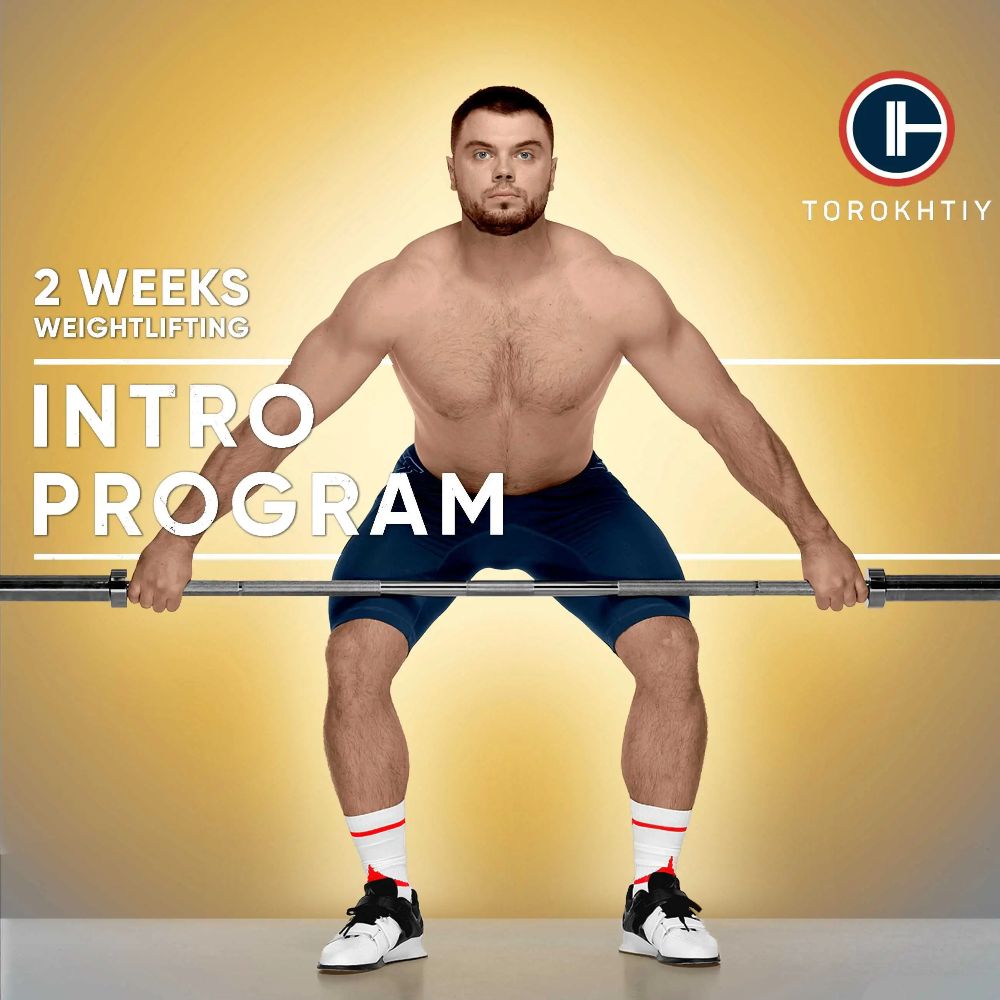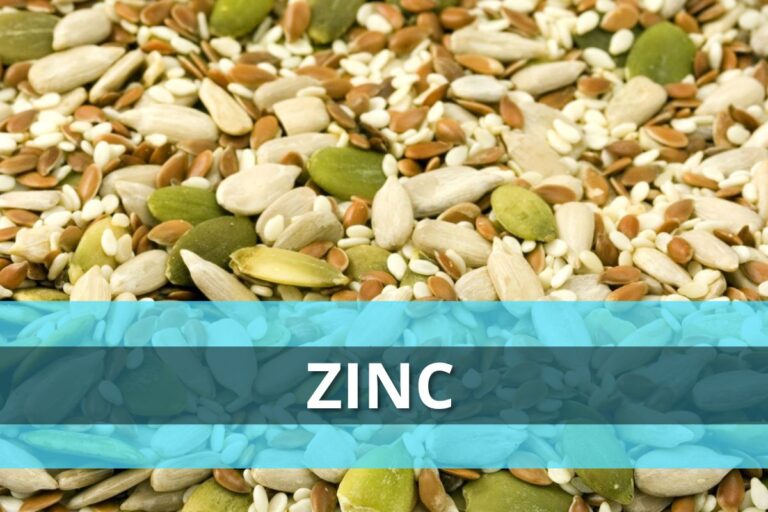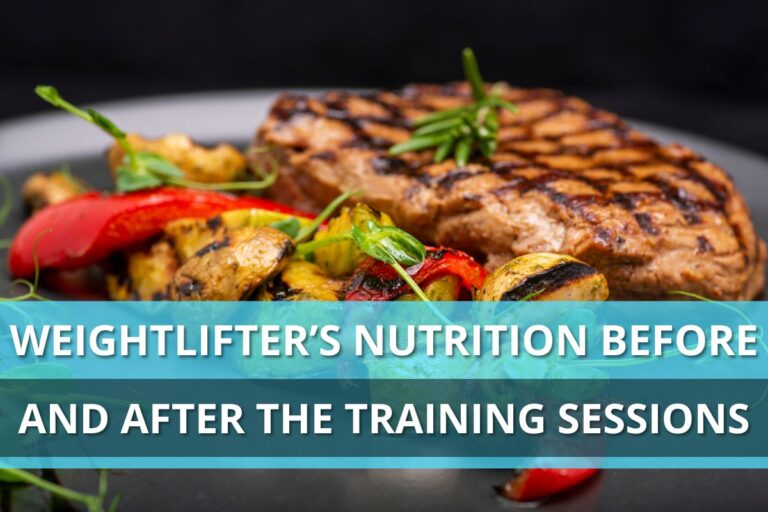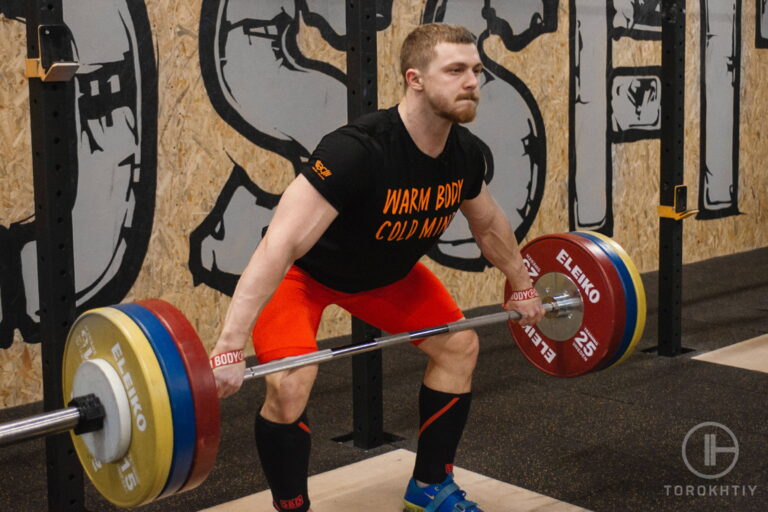Olympic Weightlifting Weight Classes
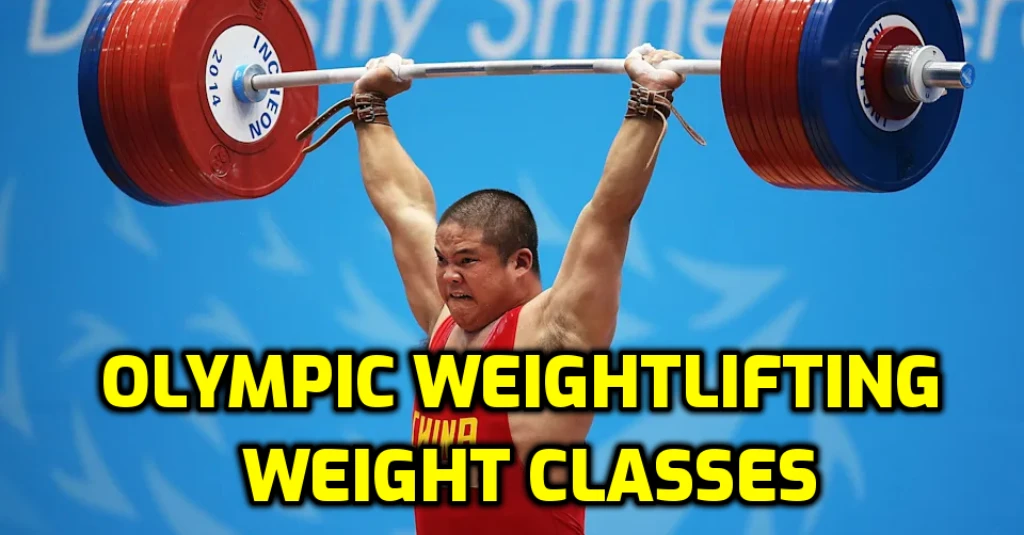
We’ll discuss the olympic weightlifting classes for men, women, and young lifters in Olympic weightlifting in this article. We’ll also cover how to select the weight class that’s appropriate for you and how to accomplish that class comfortably.
Athletes in Olympic weightlifting compete in weightlifting divisions based on their body mass. In 2018 the International Weightlifting Federation approved the current weight classes – 10 for men and women, respectively. Only 5 of the total ten categories would be featured during the Paris Summer Olympics in 2024.
Olympic Weightlifting Weight Classes

Since 1920, every Olympics has included weightlifting competitions, which made their debut in 1896. The Sydney Olympic Games in 2000 saw the debut of the women’s competition. Different Olympic weightlifting weight classes are created for the athletes based on their weight. For both the Men’s and Women’s competitions, there are 10 weight categories at the World, Continental and National Championships. Recently the International Weightlifting Federation and International Olympic Committee changed weight classes rules for Olympic Games participants, so at the Paris Olympics 2023, there will be five distinct Olympic weightlifting categories.
Men
During the World, Continental and National Championships Junior (under 20 years old) and Senior men compete in 10 weight classes:
55 kg, 61 kg, 67 kg, 73 kg, 81 kg, 89 kg, 96 kg, 102 kg, 109 kg, 109 kg +
For the 2024 Summer Olympics in Paris, there are five different Olympic weightlifting classes for men. There are two less weight divisions here than were in Tokyo in 2020. Only the 61 kg and 73 kg categories from the previous list have been kept. The weight categories range from 61 kg to 102 kg +. These are the five weight categories:
61 kg, 73 kg, 89 kg, 102 kg, 102 kg +
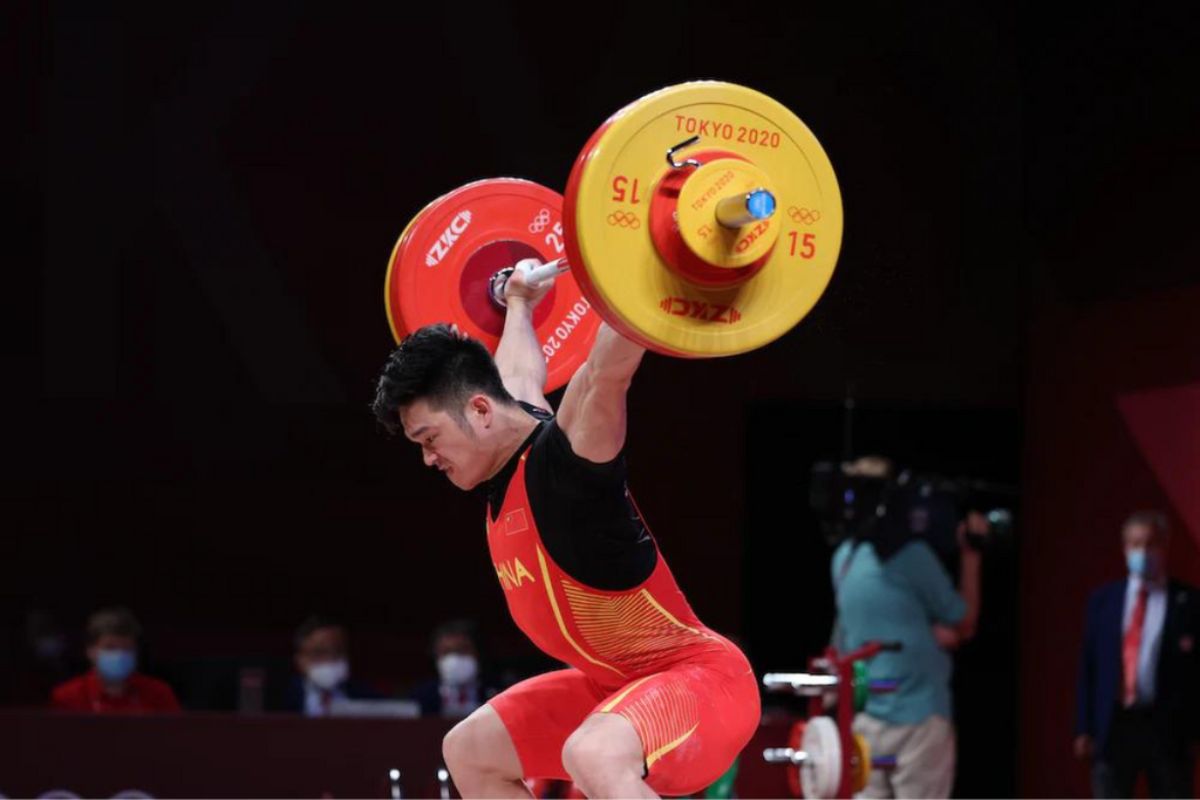
Women
Same as men, Junior (under 20 years old) and Senior women compete in 10 women’s weightlifting weight classes at the World, Continental and National Championships.
Here is all of them:
45 kg, 49 kg, 55 kg, 59 kg, 64 kg, 71 kg, 76 kg, 81 kg, 87 kg, 87 + kg
Five weightlifting divisions will make up the women’s weight divisions In Paris 2024, which is two fewer than in Olympics 2020. From the previous Games, only the 49 kg and 59 kg categories are still active. 49 kg is the lightest weight category, and +81 kg is the heaviest. The five various weight categories are as follows:
49 kg, 59 kg, 71 kg, 81 kg, 81 kg +
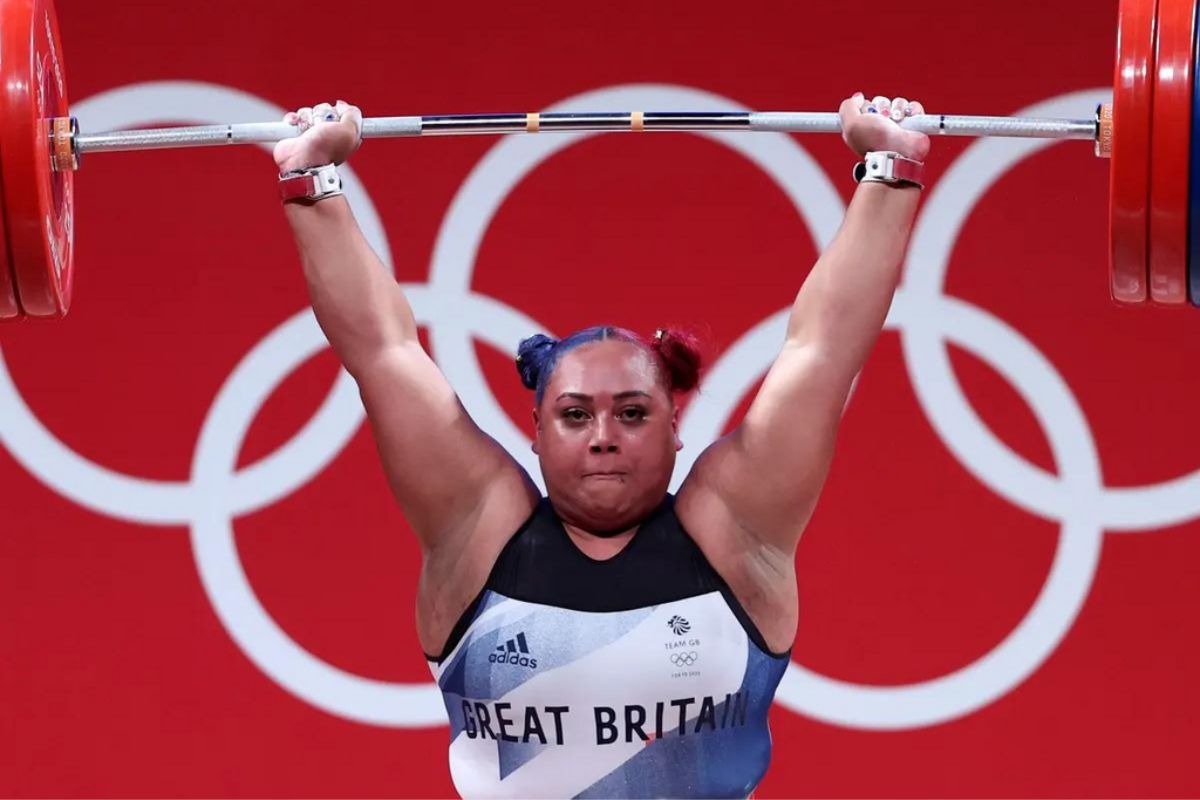
Youth
The International Weightlifting Federation recognizes YOUTH age groups as 13 – 17 years of age. For Youth men and women, there are 10 bodyweight categories, respectively. The following IWF weight classes and order must be followed for all IWF tournaments, with the exception of the Youth Olympic Games, which have unique requirements.
| Men | Women |
| 49 kg | 40 kg |
| 55 kg | 45 kg |
| 61 kg | 49 kg |
| 67 kg | 55 kg |
| 73 kg | 59 kg |
| 81 kg | 64 kg |
| 89 kg | 71 kg |
| 96 kg | 76 kg |
| 102 kg | 81 kg |
| 102 kg+ | 81 kg+ |
Also, National Weightlifting Federations can include a custom list of weight classes for younger lifters and use it on local and National competitions. Here is such example from USA Weightlifting Federation (USAW) Rules:
Youth 14-15 years old USAW weight classes:
| Boys | Girls |
| 39 | 36 |
| 44 | 40 |
| 49 | 45 |
| 55 | 49 |
| 61 | 55 |
| 67 | 59 |
| 73 | 64 |
| 81 | 71 |
| 89 | 76 |
| 89+ | 76+ |
Youth 13U (under 13 years old) Bodyweight Categories:
| Boys | Girls |
| 32 | 30 |
| 36 | 33 |
| 39 | 36 |
| 44 | 40 |
| 49 | 45 |
| 55 | 49 |
| 61 | 55 |
| 67 | 59 |
| 73 | 64 |
| 73+ | 64+ |
An athlete may only participate in one bodyweight category during a single competition, with the exception of situations where Youth events are mixed with Junior and/or Senior competitions. The competition schedule must be taken into account by event organizers for events that mix youth, junior, and senior divisions so that competitors can participate just once.
How To Decide Which Class Suits You Best
When choosing your weight category for Olympic weightlifting, you should take into account the following four factors:
- Height
- Body Weight
- Percentage of body fat
- Age
Height
Since height will be indicated when an athlete steps on the scale, it assists in determining weight class. If an athlete is at the top of his weight category due to height, but instead of muscle mass, he will be at a huge disadvantage to shorter and much more muscular weightlifters. Because of physical disadvantages, he would not only need to expend more effort to lift the same amount of load as a weightlifter who is shorter, but he would also have fewer force-generating capacity and less muscle mass.
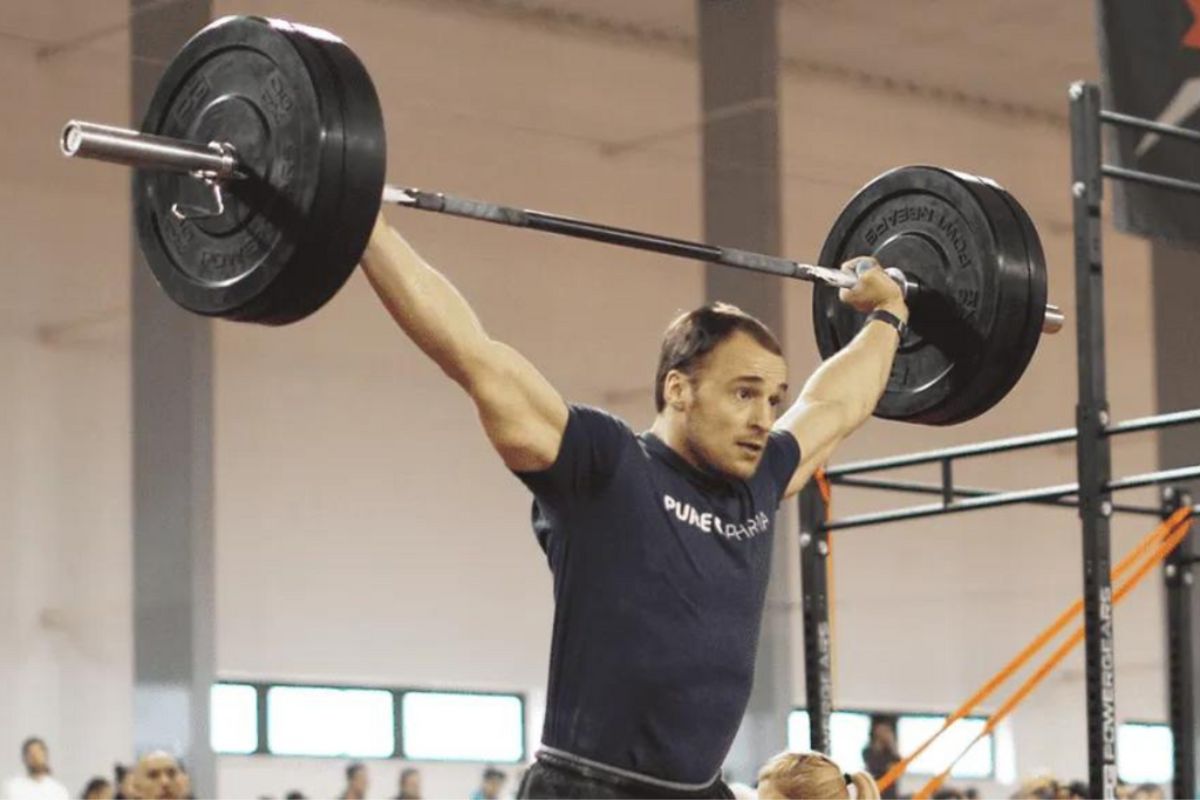
Natural Weight
The weight that the body can naturally stabilize at is referred to as “set point.” This is the body weight that weightlifters should compete at when they first start competing. When he knows his weight, he may check which bodyweight category he falls under for weightlifting and sign up to participate in that division. Athletes should choose a weight class that is close to where they naturally fall. It is feasible to go down or up one category, but moving up or down many weight classes requires time in order to maintain or acquire as much lean mass and prevent gaining fat mass.
Body Fat Percentage
Percentage of body fat may influence weight class selection since it will indicate if it is viable to move down a weight class while maintaining strength or whether it is preferable to move up a class and gain muscle mass. The average person’s body fat may be reduced to between 10% and 15% for males and between 17 and 20% for women before performance starts to suffer. If you are in this position right now, you shouldn’t drop a weight category. And eventually, when you put on more lean mass, you’ll probably have to gain weight. You may afford to shed some fat mass by reducing a weight class if your body fat percentage is currently more than 30% for women or 25% for male athletes. This will boost your relative strength.
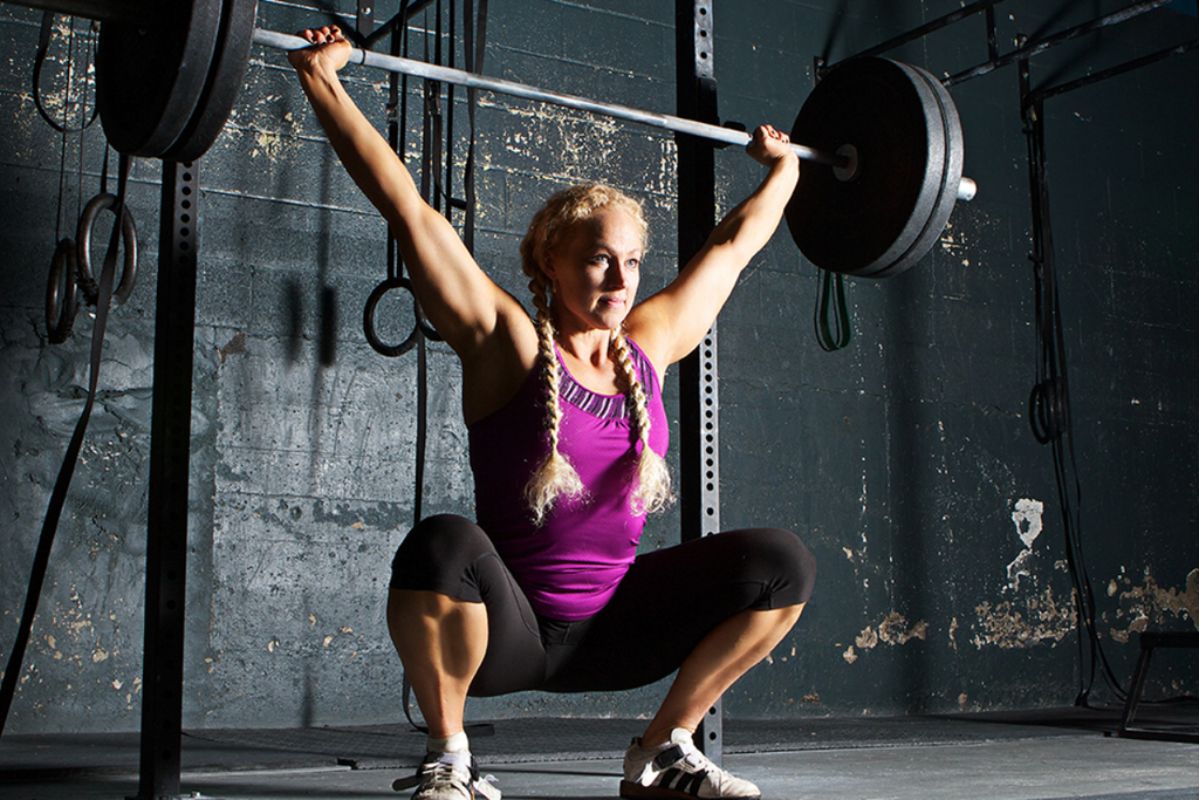
Age
Lifters in their early stages shouldn’t drop out of a weight category while they are progressing. According to research, by doing this, they endanger the growth of their strength and power and may even prevent them from eventually realizing their full potential. Young weightlifters should compete in their native weight class and concentrate on optimizing muscle growth. Let’s start by defining what a novice is. Anyone who has been training for less than one year or has only twice competed is considered a beginner. A novice shouldn’t attempt to fit into a specific weight class. Athletes should instead compete in the division they belong in. The rationale for this is because a complete beginner should concentrate throughout the competition on enhancing performance and understanding the competition’s flow.
🔻FREE OLYMPIC WEIGHTLIFTING PROGRAM
Get started on your weightlifting journey with the Torokhtiy Free Olympic Weightlifting Program! Perfect for beginners, this FREE 2-week program focuses on Snatch and Clean & Jerk techniques. Suitable for all levels, it’s designed for muscle and technical preparation.
Download now for FREE!
Picking Weight Category as An Advanced Weightlifter
Lifters who have learned the fundamentals and are aiming for higher placings at regional, national, or international competitions are considered advanced. As experienced lifters, it should be objective to participate in the weight division in which athletes have the highest chance of succeeding. Lifter will be the most competitive in the weight category where he will have the greatest lean muscle mass, the least amount of body fat, and the ability to sustain strength and performance.
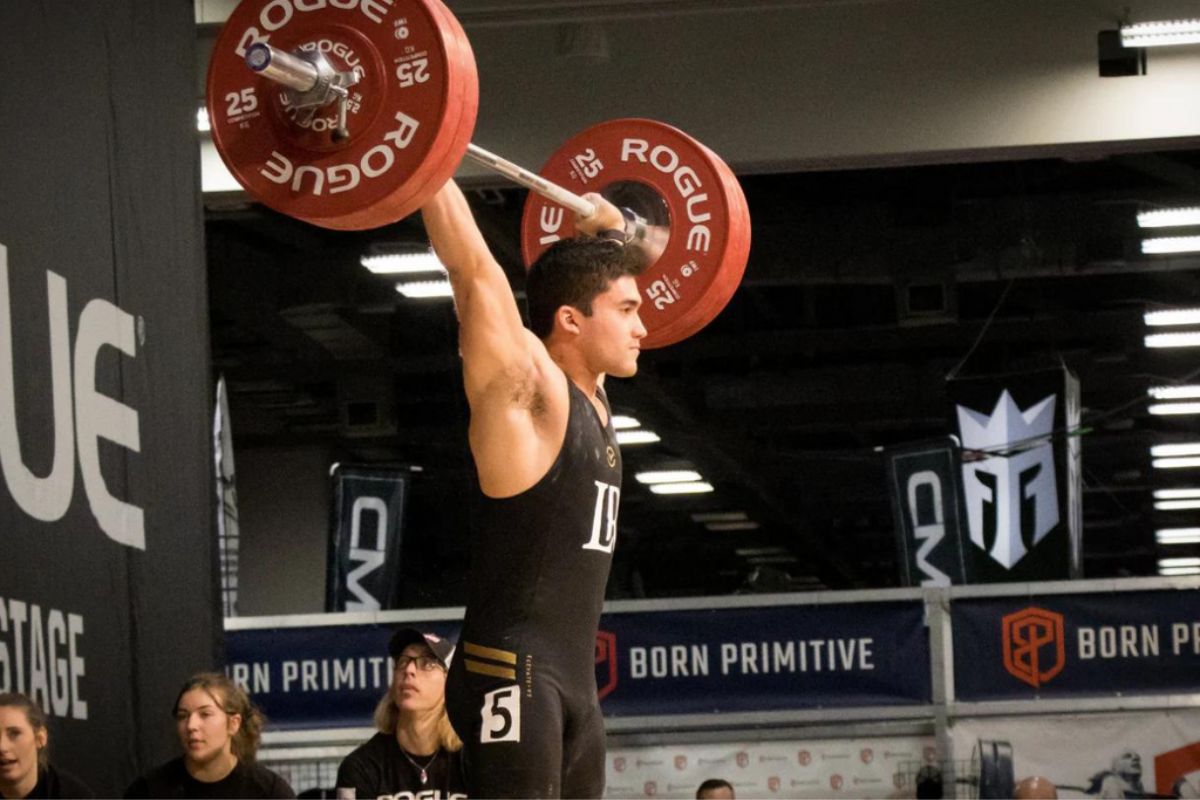
FAQ
What is the difference between group A and group B in weightlifting?
Athletes are divided into groups of 10 competitors at major and international championships. Lifters in group B are considered to be “worse” lifters since they submitted lower entries than weightlifters in group A. This is to prevent groups of more than 10 lifters from participating in a competition because of extended rest periods and TV timings. A competition with 10 lifters lasts roughly 90 minutes, but every additional lifter adds at least 5+ minutes to the session. This does not exclude a weightlifter from B group from winning a medal.
What is the most weight ever lifted in an Olympic lift?
Super heavyweight Georgian Lasha Talakhdze published a video showing himself clean-and-jerking 270 kilos on April 29, 2021. Since the lift was performed during training, it is not a world record. Talakhdze now holds the clean and jerk record with a weight of 267 kg.
Conclusion
In the early stages of Olympic weightlifting, selecting a weight class to participate in will come relatively easily. Changing categories might help to become more competitive as we get more experience. But keep in mind, that if you do poorly in the meet, the weight category you competed in won’t matter. So, do you think I left anything out? Let’s discuss it in the comments!
Why Trust Us?
With over 20 years in Olympic Weightlifting, our team does its best to provide the audience with ultimate support and meet the needs and requirements of advanced athletes and professional lifters, as well as people who strive to open new opportunities and develop their physical capabilities with us.
By trusting the recommendations of our certified experts in coaching, nutrition, dietology, and sports training programming, as well as scientific consultants, and physiotherapists, we provide you with thorough, well-considered, and scientifically proven content. All the information given in the articles concerning workout programming, separate exercises, and athletic performance, in general, is based on verified data. We ensure that you can rely on our professionals’ pieces of advice and recommendations that can be treated as personalized ones which will benefit you and fully meet your needs.
The product testing process is described in more detail here
Author: Sergii Putsov
Head of Sport Science, PhD
Best Results: Snatch – 165 kg,
C&J – 200 kg
Sergii Putsov, Ph.D., is a former professional weightlifter and National team member, achieving multiple medals in the 94 kg weight category at national competitions. With a Master’s degree in “Olympic & Professional Sport Training” and a Sport Science Ph.D. from the International Olympic Academy, Greece, Sergii now leads as the Head of Sport Science. He specializes in designing training programs, writing insightful blog articles, providing live commentary at international weightlifting events, and conducting educational seminars worldwide alongside Olympic weightlifting expert Oleksiy Torokhtiy.

